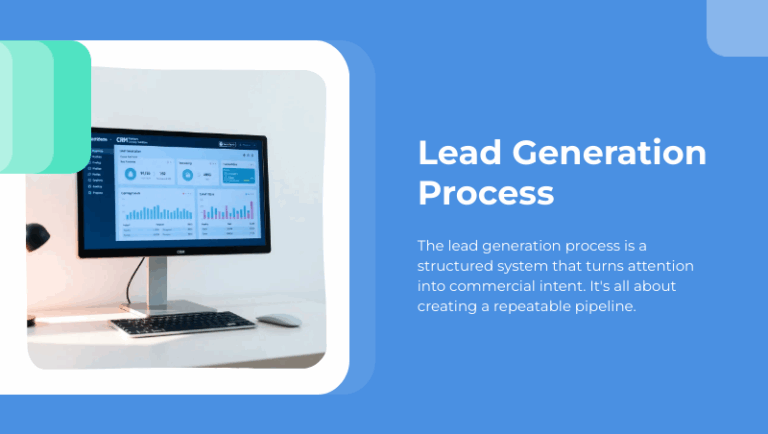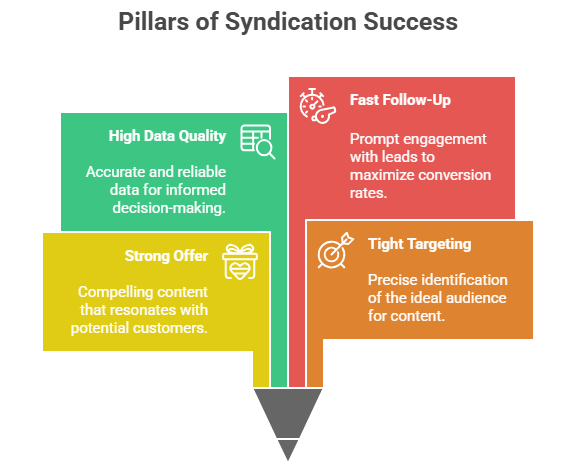
If you could instantly respond to each lead and cater to every prospect’s interests, you’d almost certainly do it, yet how can businesses manage a seamless, rapid response in a digital environment that’s already lightning-fast? You can’t keep your sales team waiting to answer questions 24/7, but you can develop a database management strategy that does most of the work for you via dynamic design.
Static vs. Dynamic
The conventional website is a fairly static entity. It has a home page, a contact list, product information, and possibly some e-commerce pages. There’s nothing wrong with a static site. It’s economical, informative, and straightforward to manage in-house. A dynamic database-assisted website, on the other hand, responds to users’ actions and past choices.
You see examples of dynamic web design every time you shop at Amazon. All those featured suggestions for what other shoppers bought, similar items you might also like, and products associated with the one you’re viewing change every time you click. The site takes your history into account and delivers information that fits your needs at that moment, adapting itself to what you want to see.
How Database Services Deliver Better Customer Experiences
Database-driven websites are for more than B2C e-commerce pages, though. They can also serve up custom-crafted landing pages based on historical data collected by anonymous browser cookies. They can change your front page to be more relevant to each visitor who winds up there. They can even alert your sales team when leads download content or take other actions that suggest they’re getting close to being sales-ready.
Think of dynamic, database-driven website design as creating new roads and bridges for every customer’s personal buying journey instead of building structures that may or may not fit your leads’ chosen paths. E-commerce is a classic example of dynamic design, but content management systems that are part of sophisticated marketing automation platforms also rely on relational databases to serve leads the information they need to make key buying decisions.
What It Takes to Build a Better Database
Database services such as database design and management can be as simple or as complex as your organization needs. Custom database construction involves a larger investment than an off-the-rack solution, but it’s far more flexible, giving your site and all its associated assets the power to change and grow with your company. Initial set-up typically includes data migration and population, while database administration and ongoing maintenance keep the system working efficiently.
Why Dynamic Database Management Matters
- Real-time updates: As your leads’ needs change, your dynamic database responds immediately to them. Let’s say your lead wants information about a product in your catalog and clicks on the product’s page. Instantly, that lead might also get the option to download an associated white paper, see a complete spec sheet, or save the page for comparison with other product pages.
- Greater agility: When it’s time to update your blog or launch a campaign, you and your database management team can do so instantly.
- Dynamic database-driven site management inherently offers scalability. As you grow, your site grows with you. Whether your leads download 10 white papers in a day or 1,000, you’re able to give them the content they want.
© Reach Marketing LLC 2016 All Rights Reserved.



